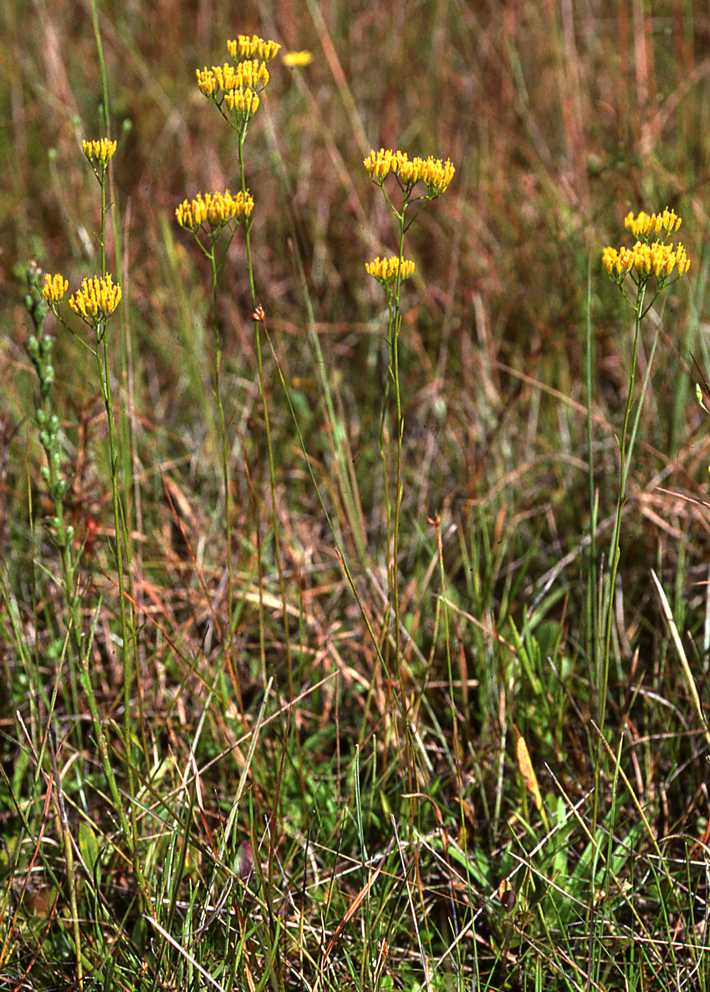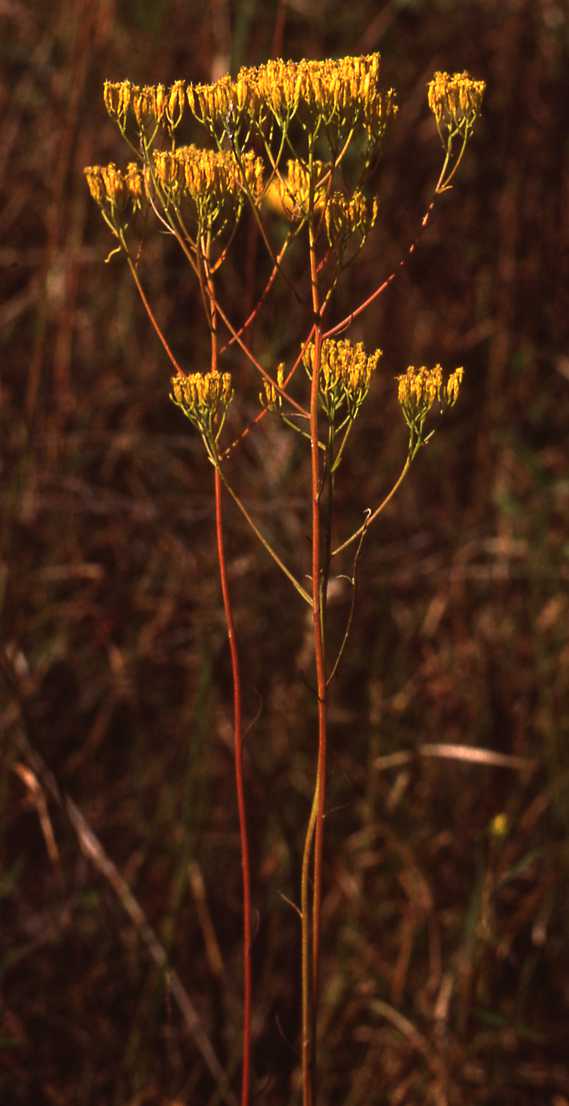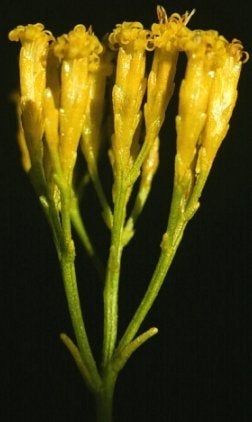Rayless-goldenrod
Bigelowia DC. a genus of two small herbaceous perennials native to the southeastern United States; leaves forming rosettes, capitulescence corymbiform and more or less scapose (Nesom 2006 Flora North America).
DNA sequence data (Brouillet et al. 2009) place Bigelowia with Euthamia in Solidagininae II clade.
revised 19 May 2013 by J.C. Semple
© 2013 J.C. Semple, including all photographs unless otherwise indicated





